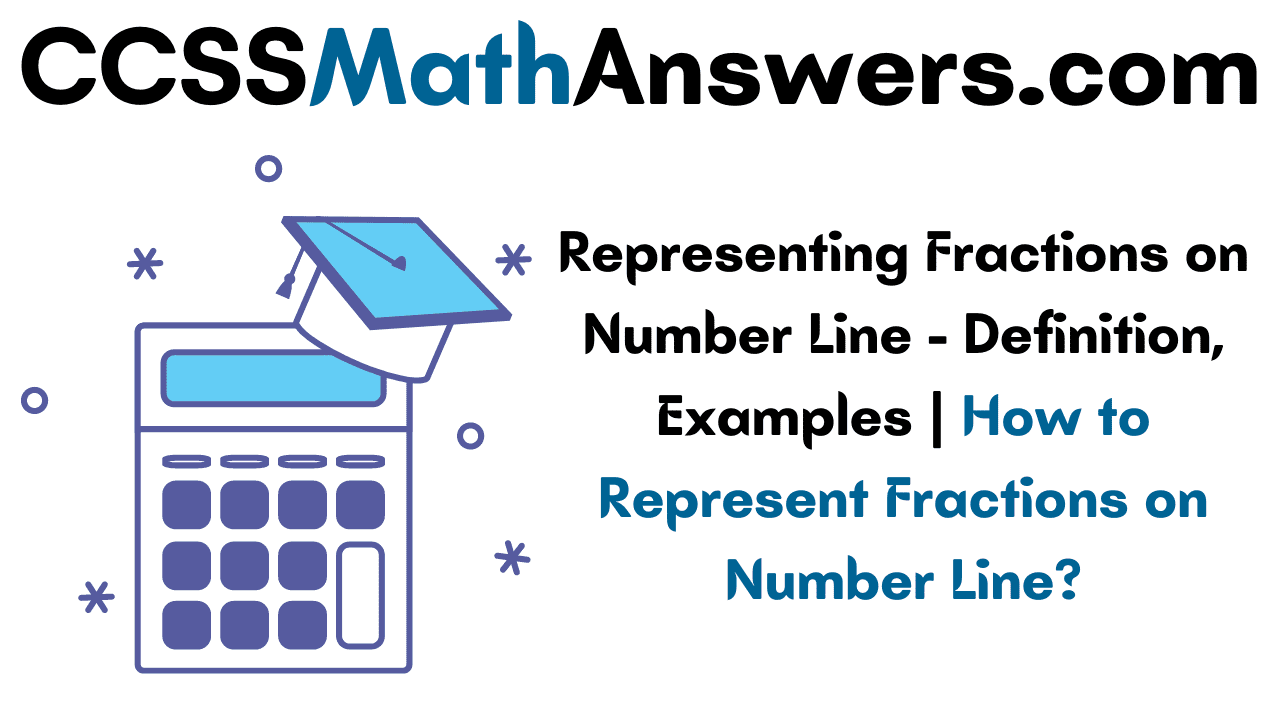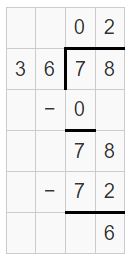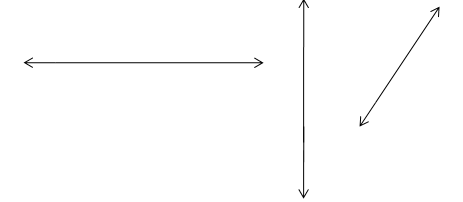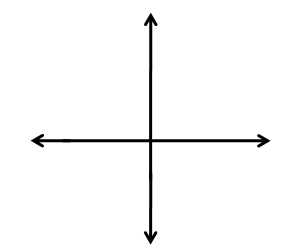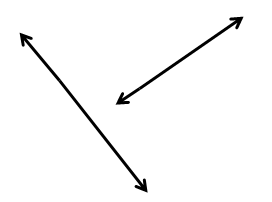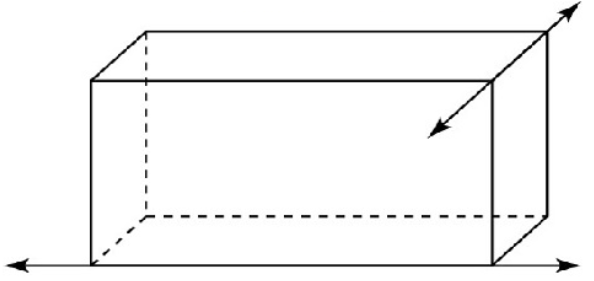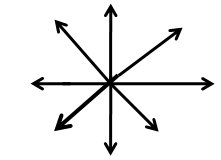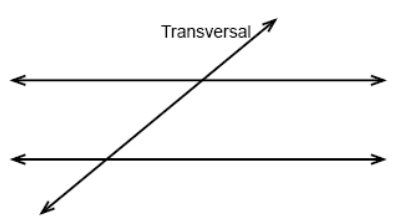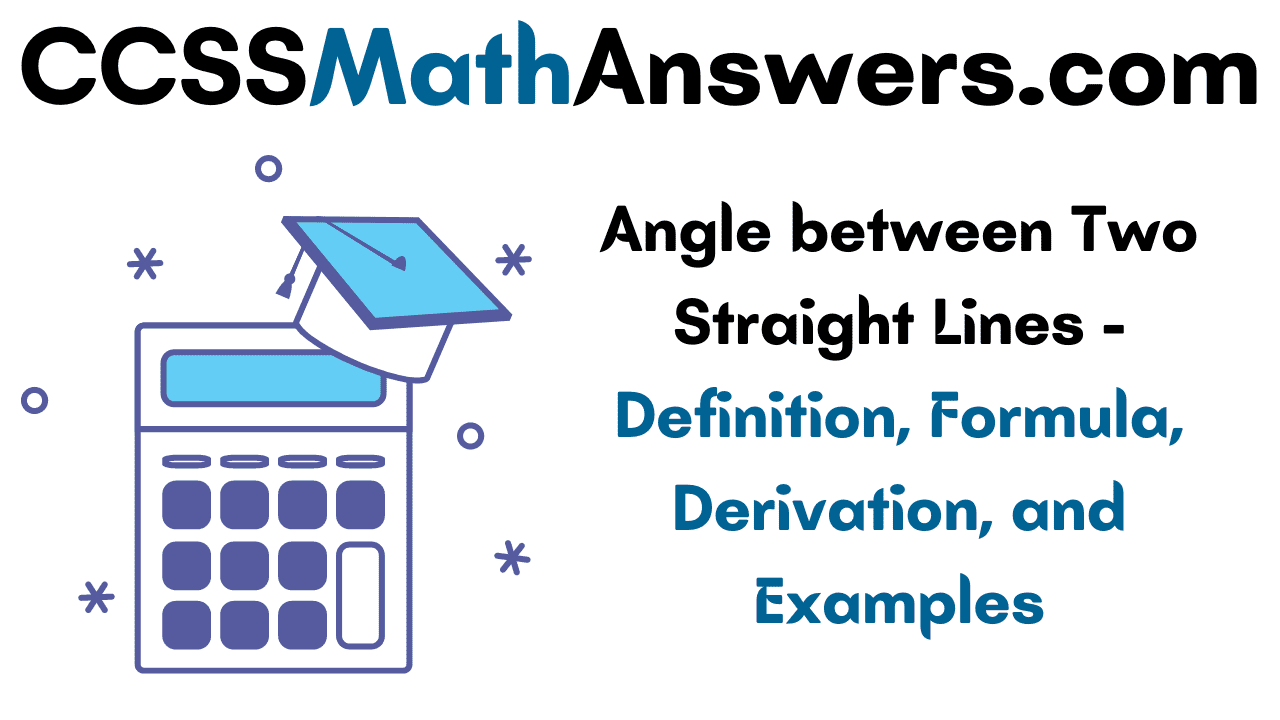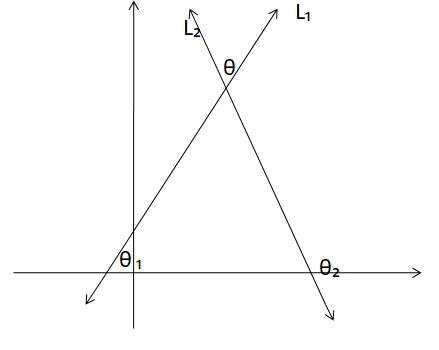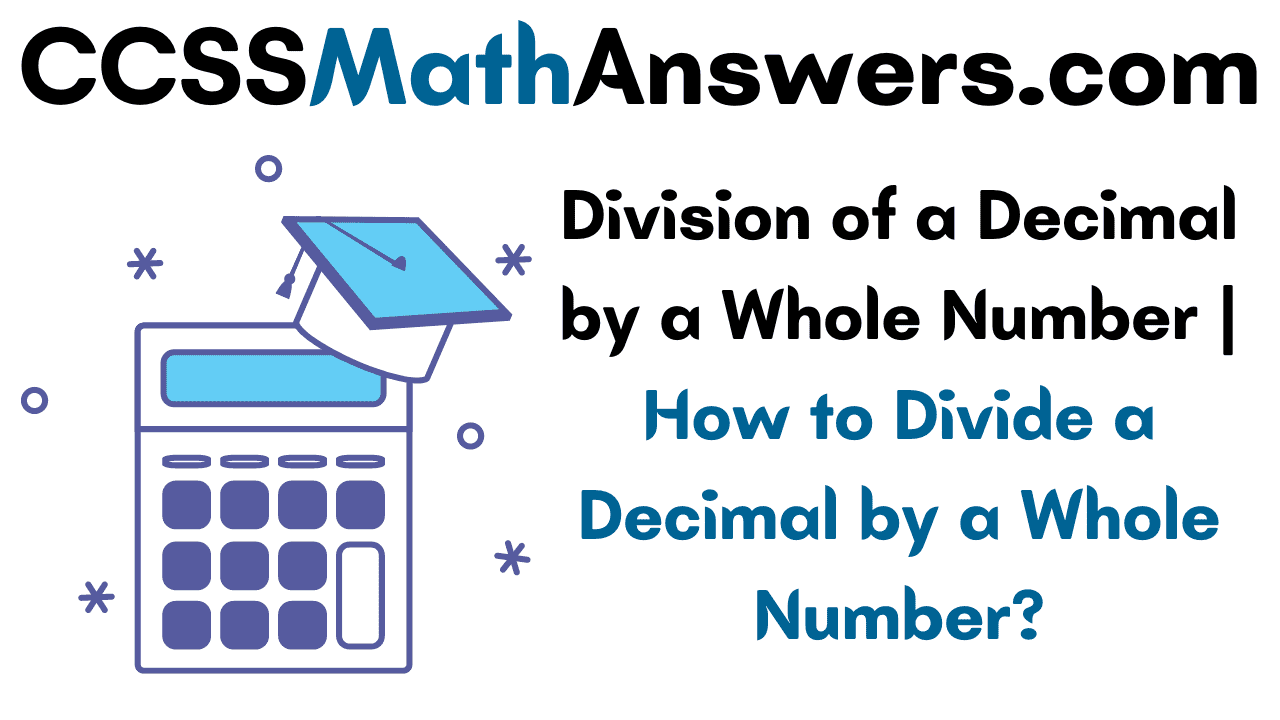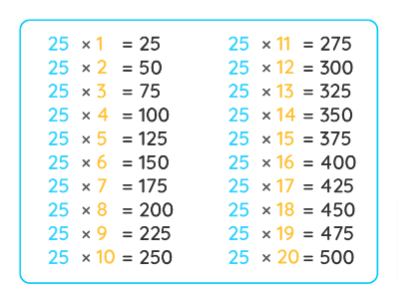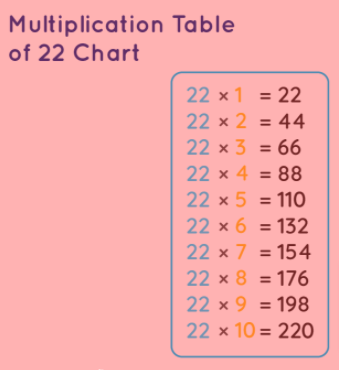6 Times Multiplication Table is an important table in maths as most of the questions are based on it. Many of the students may feel that it is very difficult to learn and remember the 6 Times Table Multiplication Chart. But it is not, six table is nothing but multiplying the whole numbers with 6. Learning the Math Multiplication Table Charts from 0 to 25 is necessary at the time of primary schooling. Remembering the 6 Times Table enhances skills throughout your learning stages. Get the easy tricks to memorize the multiplication chart of 6, know how to read and write 6 table.
Six Times Table Multiplication Chart
Here, we will find the Multiplication Table of 6 in an image format to download and practice daily. This, 6 Times Table Multiplication Chart image is useful for future reference. So, download 6 Multiplication Table Image, paste a printed copy on your walls to refer regularly and solve more basic multiplication, division mathematical problems easily and quickly.

Writing 6 Times Table | Multiplication Table of 6 Up to 20
Get the 6 Times Table Multiplication Chart in the tabular format in the below sections and know how to write the 6 table. We have given the first 20 multiples of 6 here for your comfort. Use this handy and free Multiplication Table of 6 Chart to perform the arithmetic operations quickly. Have a deeper insight into the multiplication process by availing the 6 Multiplication Table present here.
| 6 | x | 0 | = | 0 |
| 6 | x | 1 | = | 6 |
| 6 | x | 2 | = | 12 |
| 6 | x | 3 | = | 18 |
| 6 | x | 4 | = | 24 |
| 6 | x | 5 | = | 30 |
| 6 | x | 6 | = | 36 |
| 6 | x | 7 | = | 42 |
| 6 | x | 8 | = | 48 |
| 6 | x | 9 | = | 54 |
| 6 | x | 10 | = | 60 |
| 6 | x | 11 | = | 66 |
| 6 | x | 12 | = | 72 |
| 6 | x | 13 | = | 78 |
| 6 | x | 14 | = | 84 |
| 6 | x | 15 | = | 90 |
| 6 | x | 16 | = | 96 |
| 6 | x | 17 | = | 102 |
| 6 | x | 18 | = | 108 |
| 6 | x | 19 | = | 114 |
| 6 | x | 20 | = | 120 |
Tips & Tricks to Memorize 6 Times Table
To memorize the 6 Times Table Multiplication Chart, have a look at the tricks mentioned here.
- Generally, multiples of 6 are multiples of both 2 and 3.
- If you multiply an even number with 6 the result will be the same even number in the unit digit i.e 6 x 2 = 12, 6 x 6 = 36, 6 x 8 = 48 and so on
- You can also learn the 6 Multiplication Table using the skip counting process.
How to Read Multiplication Table of 6 in Words?
One time six is 6.
Two times six is 12.
Three times six is 18.
Four times six is 24.
Five times six is 30.
Six times six is 36.
Seven times six is 42.
Eight times six is 48.
Nine times six is 54.
Ten times six is 60.
Why one Should Learn 6 Times Multiplication Table Chart
Learning the 6 Times Table Multiplication Chart is important and it has several advantages and they are listed along the lines.
- You can solve all the mathematical problems involving division, multiplication easily by learning the Multiplication Table of 6.
- This 6 Times Multiplication Table makes you perfect in performing the quick calculations.
- 6 Times Multiplication Chart is helpful to understand the patterns easily.
- It can be a great savior to do your mental math calculations right in your head.
Get More Math Table Multiplication Charts
| 0 Times Table Multiplication Chart | 1 Times Table Multiplication Chart | 2 Times Table Multiplication Chart |
| 3 Times Table Multiplication Chart | 4 Times Table Multiplication Chart | 5 Times Table Multiplication Chart |
| 7 Times Table Multiplication Chart | 8 Times Table Multiplication Chart | 9 Times Table Multiplication Chart |
| 10 Times Table Multiplication Chart | 11 Times Table Multiplication Chart | 12 Times Table Multiplication Chart |
| 13 Times Table Multiplication Chart | 14 Times Table Multiplication Chart | 15 Times Table Multiplication Chart |
| 16 Times Table Multiplication Chart | 17 Times Table Multiplication Chart | 18 Times Table Multiplication Chart |
| 19 Times Table Multiplication Chart | 20 Times Table Multiplication Chart | 21 Times Table Multiplication Chart |
| 22 Times Table Multiplication Chart | 23 Times Table Multiplication Chart | 24 Times Table Multiplication Chart |
| 25 Times Table Multiplication Chart |
Solved Examples on 6 Times Table Multiplication Chart
Example 1:
What does 6 × 7 mean? What number is it equal to?
Solution:
6 x 7 means multiply 6 with 7 or 6 times 7
6 x 7 = 42
Therefore, 42 is equal to 6 times 7.
Example 2:
Eashwar eats 2 apples per day. How many apples will he eat in 6 days?
Solution:
Given that,
The number of apples Eashwar eats in a day = 2
The number of apples Eashwar eats in 6 days = 6 x 2
= 12
Therefore, Eashwar eats 12 apples in 6 days.
Example 3:
(i) How many sixes in 42?
(ii) How many sixes in 30?
(iii) How many sixes in 66?
Solution:
(i)
42 = 6 + 6 + 6 + 6 + 6 + 6 + 6
So, there are 7 sixes in 42.
(ii)
30 = 6 + 6 + 6 + 6 + 6
So, there are 5 sixes in 30.
(iii)
66 = 6 + 6 + 6 + 6 + 6 + 6 + 6 + 6 + 6 + 6 + 6
So, there are 11 sixes in 66.
Example 4:
(i) What are 6 fives?
(ii) 12 times 6?
(iii) What is 4 multiplied by 6?
(iv) sixes 7?
Solution:
(i)
6 fives means 6 x 5 = 30
(ii)
12 times 6 means multiply 6 with 12
6 x 12 = 72
(iii)
4 multiplied by 6 means 6 times 4.
6 x 4 = 24.
(iv)
Sixes 7 means 6 times 7
6 x 7 = 42.
FAQs on 6 Multiplication Table
1. Is there a pattern in the 6 times table?
Multiples of 6 are multiples of 2 and 3. The pattern of 6 is 6, 2, 8, 4, 0 in the unit’s place. all the multiples of 6 are even numbers. When a multiple of 2 and 3 overlap, you will get 6 multiples.
2. How do you memorize the 6 Times Table Multiplication Chart?
The best trick to remember the 6 table is to add 1 to the multiples of 5 to get the multiples of 6. You can also perform 6 times 2 means add 6 twice to get the result.
3. What is the trick for multiplying by 6?
We don’t have any special tricks for the 6 multiplication table. You just have to read it and remember. When you multiply the even number the unit digit of the result remains the same.

